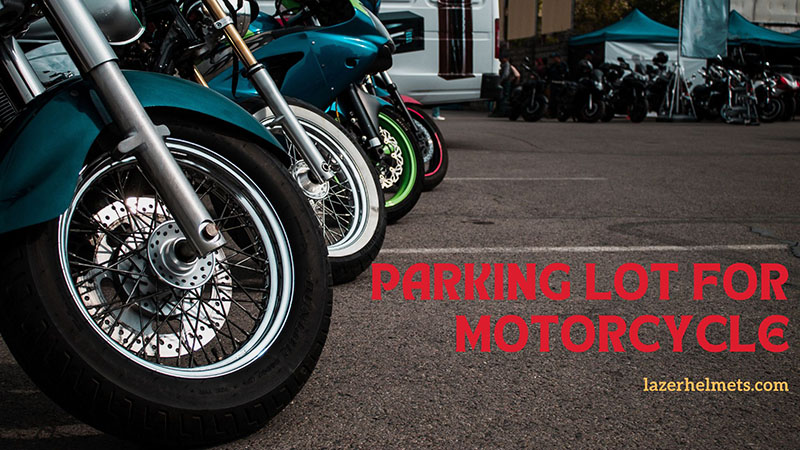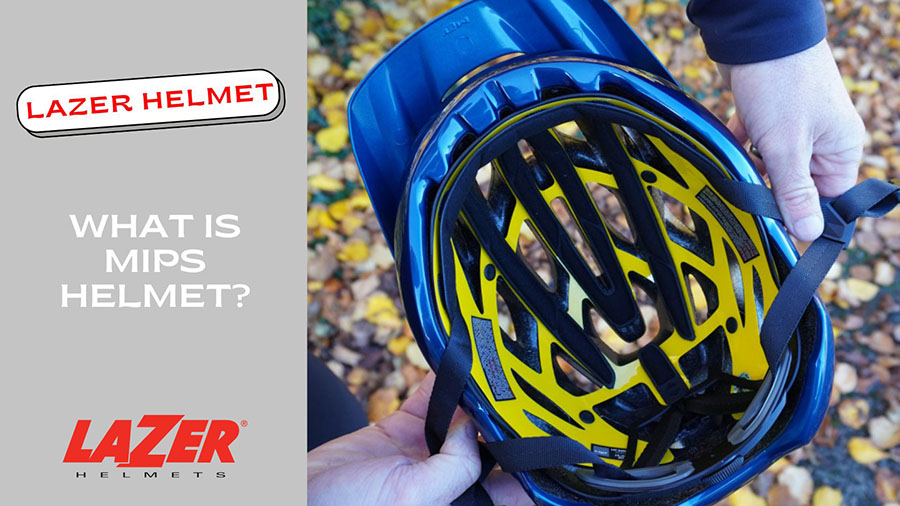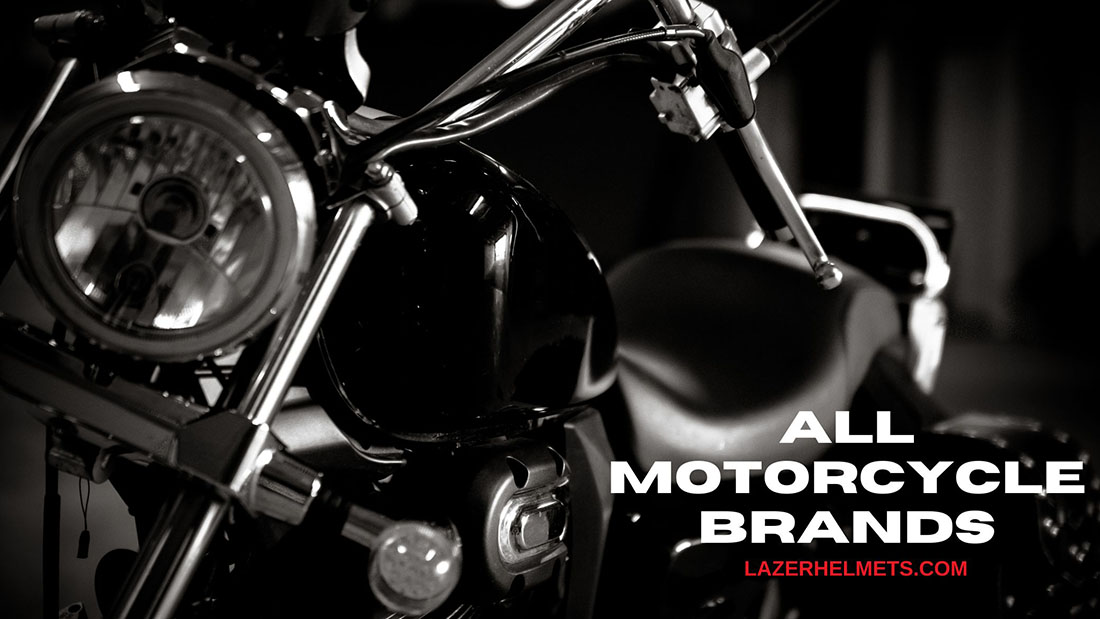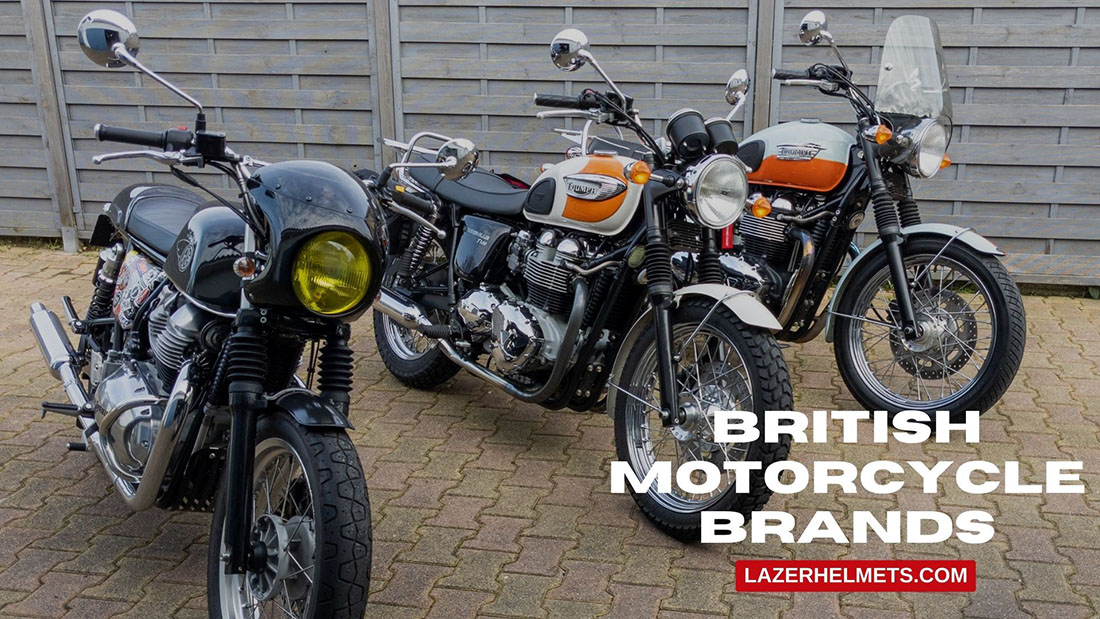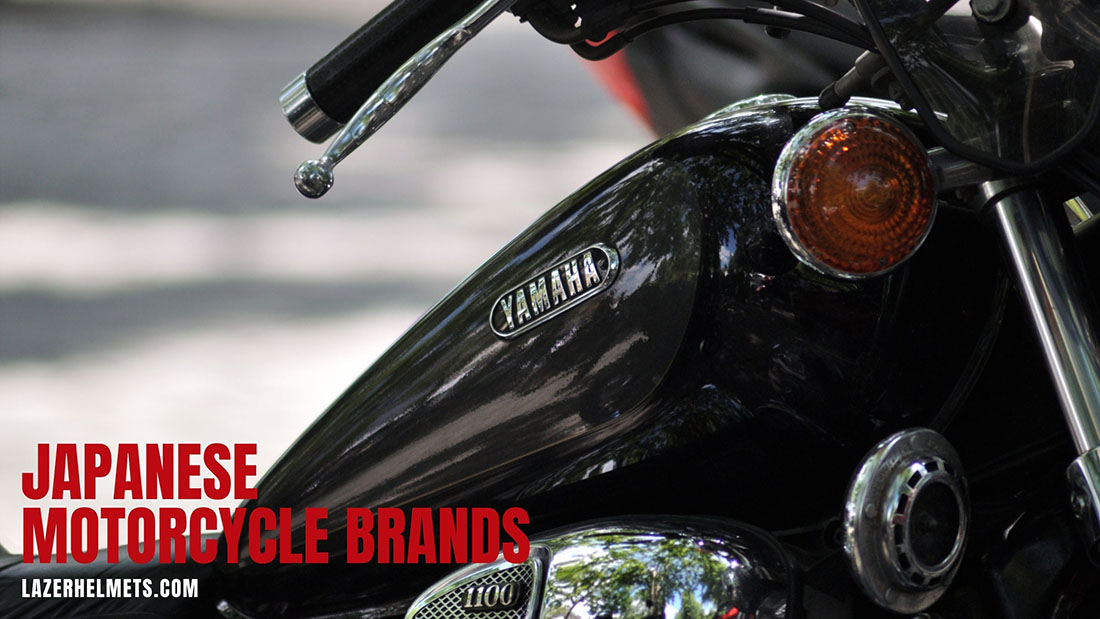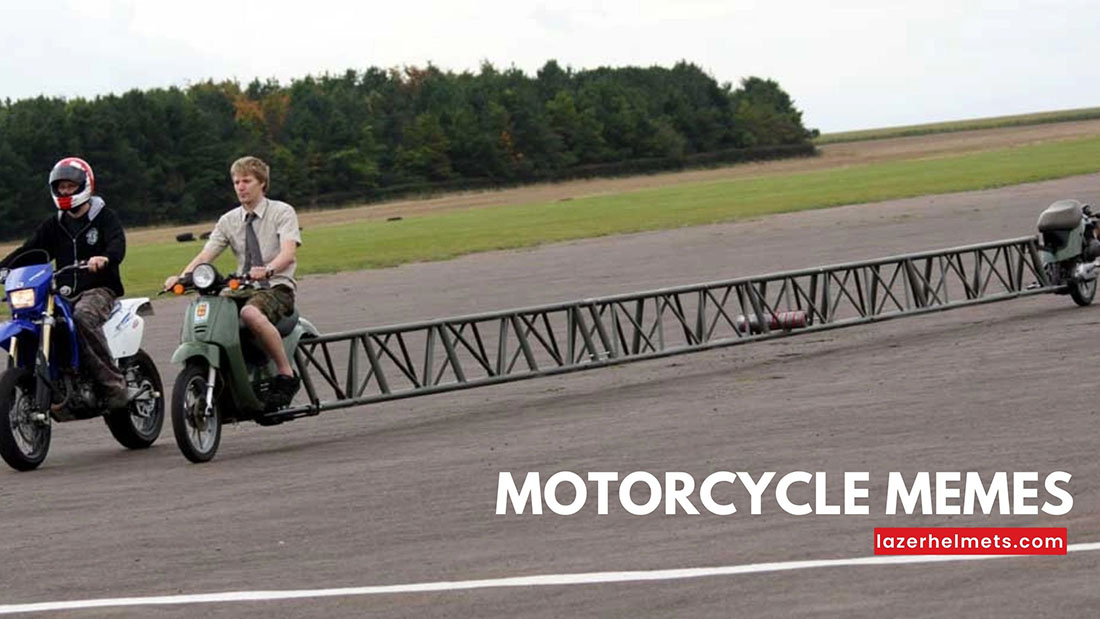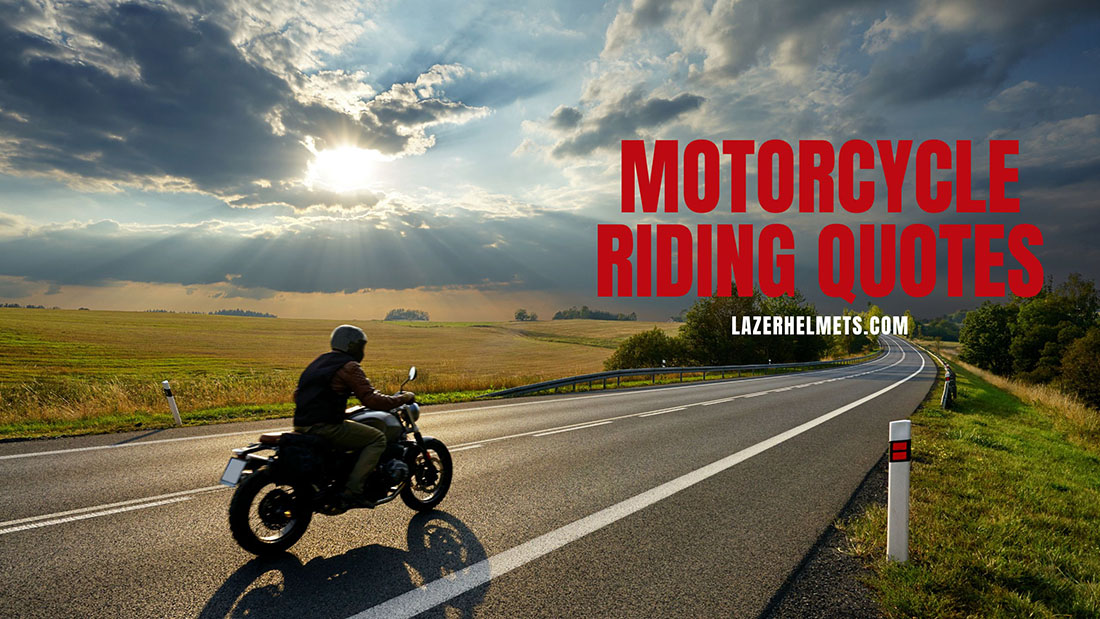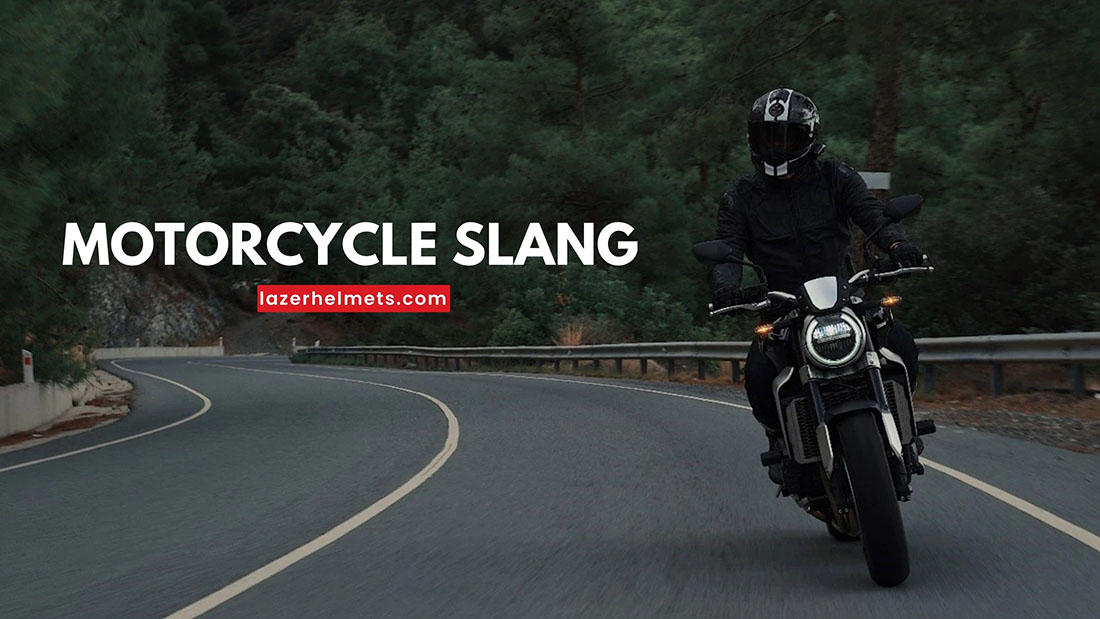Motorcycles are among, if not the most, popular vehicles worldwide. No wonder the matter of parking motorcycles on the streets is brought up!
To some people, it’s just all about pressing the right pedal, but have you ever considered the proper parking lot for the motorcycle? One moment of carelessness – and ticketed fines will be waiting for you!
This article will lift some confusion by answering our readers’ most burning inquiries. Keep scrolling for more information.
Table of Contents
How to Park Motorcycles Smoothly – Methods and Extra Tips
1. Two Common Methods to Choose From
Method 1. Back The Bike With Its Rear Tire Pointed Towards The Curbs
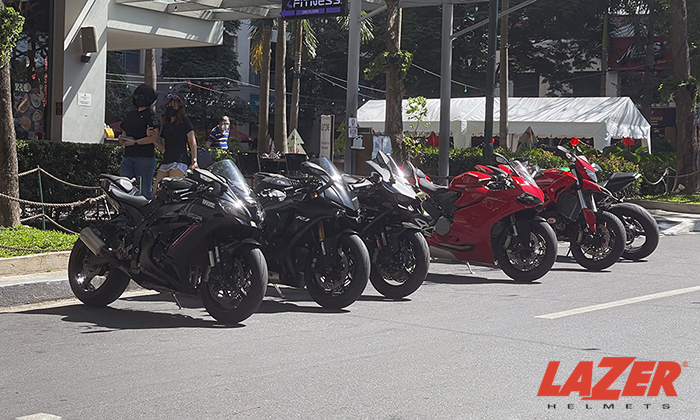
Why this method? You can ride off freely and safely whenever you want.
- Stay alert of the surfaces – are they grass, dirt, concrete, or gravel? Keep firm grips on the bike as you slowly back it to the parking slot you have chosen to avoid slipping accidents.
- Allow enough room for both of the bike’s sides. That way, whenever you put it upright, the kickstand will fully anchor its entire body, making it safe for you to lean on the bike. Plus, you can ride away immediately without touching other surrounding objects (other bikes or a structure).
- Ensure the bike is properly situated on the middle stand for better stability.
Method 2. Pull In The Bike At Its Front Tire.
Why this method? Go shopping at a mall once, and you will understand why – particularly if your vehicle is small-sized. When you are busy pulling the bike to its parking spot, a car might enter at the same time, thinking the space is empty. Wham! Your bike will get knocked, scratched, or even damaged.
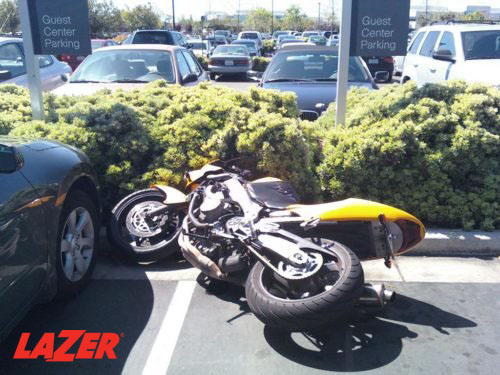
Hence, the trick here is not to ride your bike entirely into the area.
- Keep the back even with other cars’ backs in that same row. That ensures your bike looks visible to car drivers.
- Never put the bike in parallel lines with the curbs. Only do so when the motorcycle parking laws state that it’s the only parking way. Otherwise, always place the rear or front tire aligned with the curb.
2. Extra Practices to Perfect Your Parking
1. Practice Bike Handling At Regular Speeds
The first skill you should master in earlier stages is to handle the motorbike at regular walking speeds.
Keep your pose relaxed yet uptight against the saddle, then modulate the speed with small applications of throttle, brake (and clutch if you use manuals).
Next, set a short distance before the bike (about 5m, for instance). Move slowly and straight forward without putting your feet down.
2. Practice Track Standing
Once step 1 is mastered, move on to brush up on your track standing. It helps keep the motorbike on its threshold of falling and standing up.
Furthermore, the drill allows you to manage the bike’s weight more easily without being overly dependent on the legs. Using your legs to sustain the vehicle should only be the last resort.
So how to do it? First, roll forward several meters. When the bike is stopped, stay as upright as possible for long periods. Work the throttle and brake to avoid putting any foot down.
The motorcycle might still move a few centimeters/inches, which is okay. But if the bike starts leaning, turn the handlebars right or left to counter that.
Most riders cannot help resting their feet on the floor during the first few days. But over time, as their level improved, that is no longer unnecessary unless they want complete stops. And you can also do the same!
Another note: When you gas the bike, it usually stays balanced. But once this equilibrium is lost completely, the motorcycle may slip and fall! Watch out with extra caution.
3. Practice Duck-Walking
One of our favorite tricks is to duck-walk the bike – meaning you will inch the bike toward its chosen destination while using your feet to steady its load.
Though some people discourage the method as it looks “noob,” awkward, and might strain the calf muscles, we still believe you can increase your bike control faster this way. Once snail-like velocities can no longer challenge you, the subsequent parking will be a piece of cake.
One small tip: ensure the turn is as broad as possible to leave enough space for adjustments and wiggling. Plus, keep close eyes on the precise zone you choose to put the bike in.
For tight situations, the best bet would be to walk the motorcycle to its slot. Get close to the major parking lot first, then kill the engines, get off the bike, and pull/push it to the area with your fingers covering the lever. Deploy the stands, too, so that even when the bike’s balance is lost, it will rest on the stands securely.
4. Plan Ahead
Do not forget to give some thoughts about how you will exit. For instance, if the parking space is against the wall, you must roll the motorbike in reverse while leaving.
We suggest avoiding downslope parking; even the smallest gradient will damper the tire rolls. Use the center stand (if your bike has one) to tighten the motorbike in the most stable position. Lock the handlebars, too.
5. Go To The Gym
All these strategies and techniques demand a decent level of body strength and fitness.
Go to the gym whenever you can, and do not forget to spend a better portion of your exercise schedule on leg practice. Learn to pull, pick, and push your legs comfortably!
Hitting the gym frequently will benefit your daily parking and also improve other aspects of your life, for your information.
Other Etiquettes to Be Aware Of
1. Sharing Space With Other Vehicles
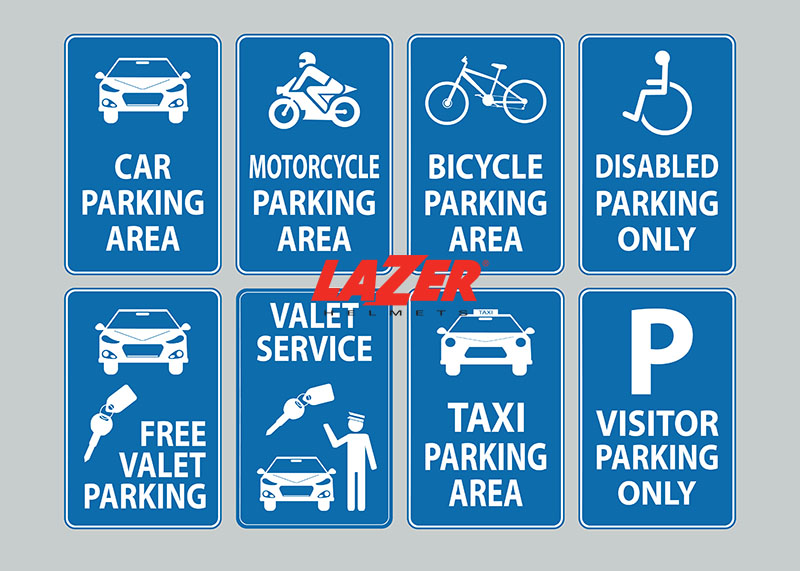
How many bikes can park legally in one parking space? Many regions/countries/states do not give clear clarifications and statements.
Still, at the very least, two motorcycles in one place are considered lawful (and the safest option) in most cases. Anything beyond that – like three or four bikes – will crowd the place, danger the motorbikes and other surrounding cars.
There are several things to note in double-parking situations other than just pushing your bike in. Be graceful, courteous, and sensitive to keep harm and discomfort out of everyone’s way!
- Ensure the automobile parking spot is spacious enough to accommodate a second bike. The area should enable both motorcyclists to dismount and mount back the bike with ease (if the other rider is also your partner/fellow, testing that should be a piece of cake!)
All in all, try to find places where parking areas are a bit wider than average.
- If the space is owned by someone you don’t know, assess the current situation carefully. Is this bike parked at the stall’s side? Then the owner does not mind inviting other people to park nearby. But for motorcycles parked right at the stall’s center, you are not welcome here. Even if you want to, there’s not enough space anyways!
- Most easy riders actually don’t mind other bikes parked next to them, provided your parking manner is courteous and respectful. Do not push their bikes out of the original spot or scratch their covers. Leave everything as how the owners wanted it to be.
2. Where Can I Park My Motorcycle? Sidewalk or Street?
Sidewalk
Can I park my bike on the sidewalk? No. It goes against the rule to park a bike on the sidewalk, unless there is an urgent case or the police ask you to do so.
You may at times see other bikes parked next to a post office or movie theater on the sidewalks – right at the doors of other businesses or retail outlets. Don’t follow that example; those motorbikes are sure targets of tickets and fines.
Many countries and regions forbade driving motorized two-wheeled vehicles onto any sidewalk or bike paths (the grass area surrounding the sidewalk counted). These spaces are only open for pedal-powered bicycles.
Street
Even though street motorcycle parking is legal, you should park the bike right next to the curb (if the road is curbless, stay as near the edge as possible).
Having the fender or wheel touch those curbs will be even better. That way, other passing bikes can clearly realize this space is occupied. And for wider legal parking spots, such a neat parking style also invites other authorized vehicles to share your area – if you feel generous enough.
FAQs
1. What Is The Usual Size of A Metered Parking Space?
Their minimum measurements must be 10′ (ten feet) long and 4′ (four feet) wide. The provided backup space should also be 10′ (ten feet).
2. How Can I Park My Bike Safely Without Thief Risks?
Install bike alarms and use high-quality bike locks. Also, never park the bike in secluded, empty parking garages/ areas.
Conclusion
This inclusive guideline should anchor many confused novices who just got out there to park their bikes in public places for the first time.
Not only have we discussed proper methods to ride the bike to the correct parking spots, but where to park your motorcycles lawfully without getting fined is also explained in detail. Keep in mind these guides for a smooth, non-trouble experience.
Though certain etiquettes (like sharing regular vehicle spaces with other riders) are not unfamiliar, remember that mutual consensus is the key. Unless the other rider gives direct, straightforward permission, do not invade their motorcycle parking spaces as if you owned them.

